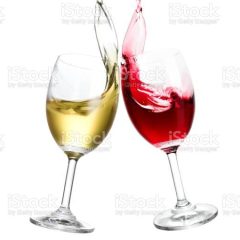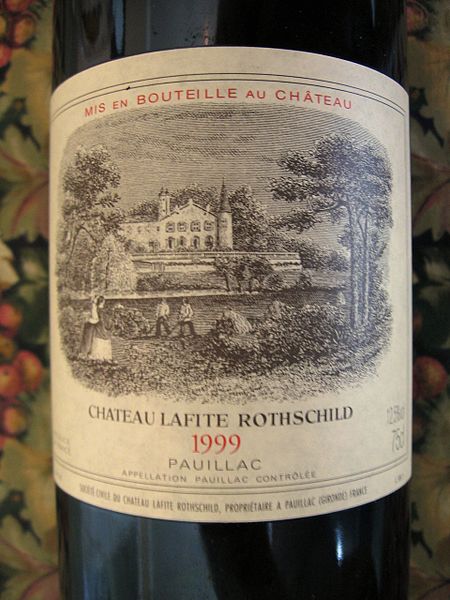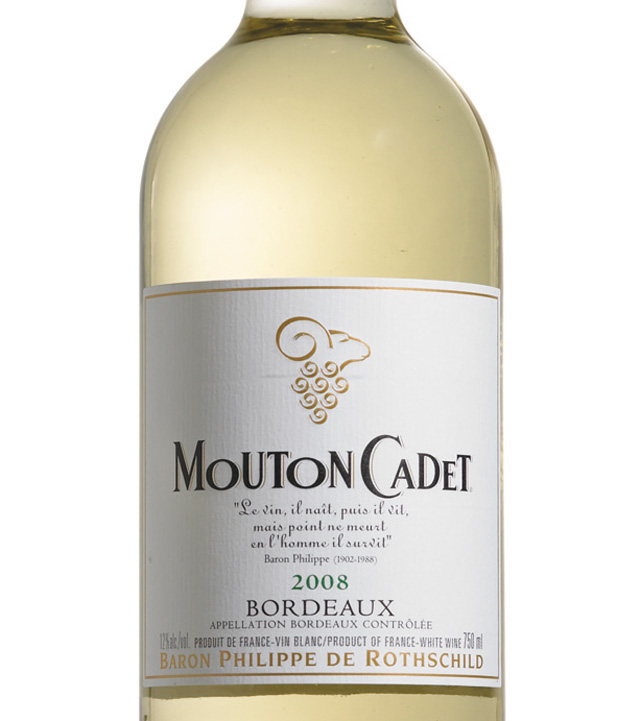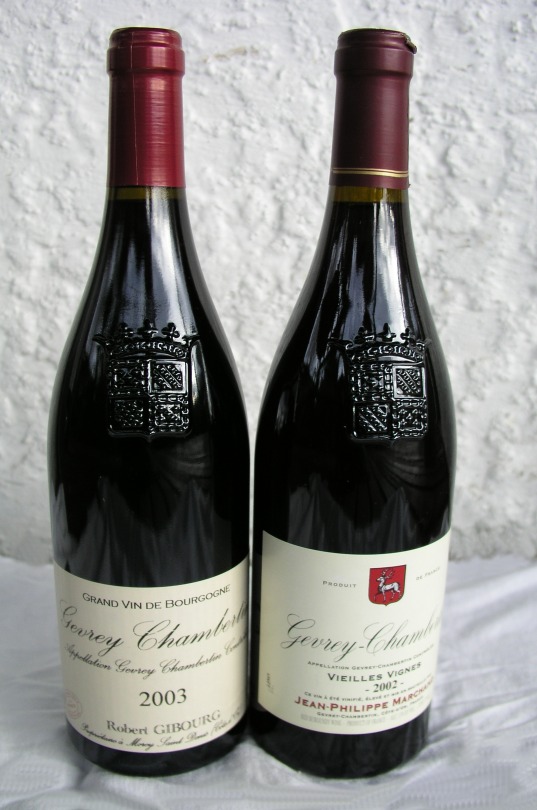Thank you to everyone who read last week’s blog and shared with family and friends. I had an over-whelming response to the blog, so I’ve decided to do part 2 – there are many more questions out there when it comes to wine, and that’s OK!
How Will I Know If I Got A Bad Bottle of Wine?
Remember, even if you don’t like a particular wine, it doesn’t mean it’s gone bad. However, all of us, in our wine drinking glee, will experience a bottle of wine or two that is faulty. Did you know there is a greater chance you can get a bad wine with a corked wine, over a screw cap? That’s why many of the high-end vineyards around the world are turning to screw caps. Less chance oxygen can get in and ruin your wine. One of the signs is a cloudy wine. Now don’t confuse cloudy with unfiltered, which can have some sediment. A bad wine will be pretty evident in the aromas. If it smells like wet dog or wet cardboard, there’s a good chance your wine is faulty. Other aromas that you should on alert for is vinegar, nail polish remover, burnt rubber, cabbage or barnyard.
I Had A wine Once and Liked It, and now this time I don’t. Why?
If you have determined that the wine hasn’t gone bad, look at what you are eating. Although many wines go with all kinds of foods, there are times when a wine clashes with food, and it won’t taste right. A key element in wine and food pairing is the acid, or acidity in both the food and the wine. Acidity can bring a freshness to food, a lift. Acidity in wine can do the same thing. When looking for a wine to go with an acidic dish, you should make sure that the perceived acidity of the wine is at least equal to that of the food, or the wine will taste bland and washed out. Salads are really challenging, which is why I always try to pair a salad with a crisp acidic Sauvignon Blanc. Salt is another big factor that will tamper with the taste of your wine. Salt can make an oaky Chardonnay taste different and strip the fruit right out of a nice red wine. Sweet wines go hand in hand with salty foods.
What Does The Year On the Label Mean?
This is the year the grapes were grown and harvested, not the year the wine was released. Many vineyards like to age their wines, especially reds. This gives a person an opportunity to study up on that year in that region, if they so desire. Many factors play a role in the taste of a wine, especially year to year. And one of the major factors is weather. If your bottle of wine doesn’t show a year, it usually means it’s a blended vintage, which means the wine was made from grapes from more than one year.
How Long Should I Age Wine?
Here’s a fact that may surprise most people! 90% of all wines in your local Liquor Store were meant to be drank in the first 3 years. Especially any wine in a clear bottle. If the bottle is clear, you should drink it within the first 3 years. You’ll see many white wines especially in your local Liquor store that are in clear bottles. And even some reds. It is a misconception that you must age wine. Some wines will mature and improve with age. Master of Wine Jancis Robinson estimates about 5% of white wine and 10% of red wine can improve with age. Wines with high level of tannins tend to improve with age. For example Cabernet Sauvignon, Syrah (Shiraz) and the Italian wine Nebbiolo are wines that tend to be very tannic.
Please feel free to pass along any comments and don’t hesitate to forward me your question about wine. I will do my best to answer.
Thanks again for reading and sharing.
Darlene

























